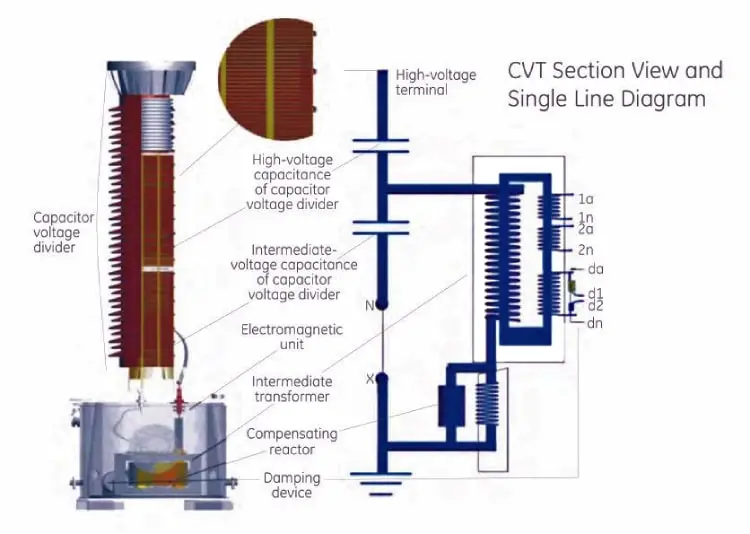OSHA says unless it’s grounded, it’s to be considered energized. Because induced voltages are a threat normal lockout/tagout has to be in tandem with grounding, which would be section M of 1910.269.
That appears to be
115kV according to the skirts and height of the CCVT. The sticks aren’t tested to that voltage.
Generally a 10’ stick is used with a pair of gloves in an insulated bucket.
That man is grounded simply by where he is standing.
Bare hand energized work requires certification and specialized equipment, and isn’t done from the ground.
There are no gloves rated above 40 kV. There are 3 energized work methods: insulated gloves, insulated tools, and bare hands live line.
The practice by Eastern linemen is to wear gloves NO MATTER WHAT even if not using insulated glove work method. Western linemen don’t. Hot sticks are rated 100 kV per foot. Hence no “voltage” labels on the stick. The gloves will be 40 kV maximum. Honestly those are very rare. Most linemen don’t have gloves above class 2 (15 kV) since they are ideally suited for 5-15 kV work.
When you combine two insulators in series it’s a capacitive divider. The voltage seen by each insulator depends on the dielectric properties. So if you do this will the voltage across the gloves be under 40 kV? You don’t know. The insulation closest to the energized line is “primary” insulation. Everything else is secondary insulation. But because of the capacitive divider effect ALL insulation layers should exceed the line rating. Gloves can’t be used according to insulation theory. Thus the Western practice is you use gloves OR a hot stick, not both. That’s the Western thinking. Eastern practice proves that it doesn’t matter. They wear gloves for everything whether they are properly rated or not. But the fact that the micro amps of current can’t do much damage means that even if technically incorrect usage, a 15 kV glove with a hot stick isn’t going to fail at 115 kV. The IEEE standard for overhead line maintenance has gone back and forth about this controversy over the years because it’s more of a political issue than an actual safety issue.
As to length the MAD for 115 kV is given by OSHA here.

www.osha.gov
It’s 3’2”. Giving yourself a couple feet to hold onto to work with it, 6 feet is plenty. If you feel more comfortable with your extra 2 feet, by all means go ahead. But from a safety point of view if your hands and every part of your body is more than 3’2”, you meet regulations.
That work method is NOT bare hands. Bare hands is exactly what it sounds like. With bare hands methods the lineman “grounds” to the energized line and their body becomes the same voltage as the line. The Earth from their perspective becomes hazardous. It can be done from insulated platforms and bucket trucks or helicopters but the lineman definitely can’t be touching the ground.
So other than the fact that the work practices may differ from yours, it meets 1910.269. So exactly what is the problem with it? OSHA copies the IEEE standard as does NFPA so if you have something that says 10’feet that’s news to me.
If you disagree please include reference to a consensus safety standard or regulation, not platitudes, unfounded assertions, and talking about a work method that is totally different from what is obviously insulated tools work method.
The guy quoting arc flash is frankly out to lunch. To begin with in utility standards due to longer opening times the standard is 2 cal/cm2, not 1.2. Both NESC and OSHA are in agreement about this. Second any arc that does form is going to be propelled out of the area at high speed (hundreds of feet per second). Finally there are no tests for 115 kV arcs. Plus this would be an open air arc over 8 feet away.
Many safety professionals in the utility industry frankly have no idea what they are talking about. They throw out ridiculous claims with no basis in science or standards.


